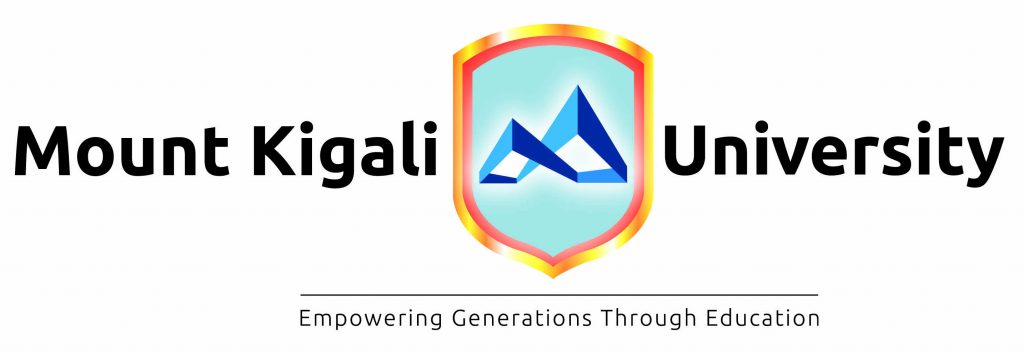Every year, thousands of students across Rwanda celebrate graduation, but for many, a degree no longer grants a job. As universities expand and enroll more students, youth unemployment is becoming an urgent concern.
Higher education enrollment in Rwanda has grown steadily. As of 2023, gross tertiary enrollment was around 8.9% of the relevant age group, showing that more young people are pursuing university studies.
At the same time, youth unemployment remains a concern. According to the National Institute of Statistics of Rwanda (NISR), the youth unemployment rate (ages 15‑24) was about 17.5% in 2024. University graduates are among the groups most affected, highlighting the challenge of connecting education with job opportunities.
To address this, the government is promoting Technical and Vocational Education and Training (TVET) as a practical alternative. TVET schools teach hands-on skills in areas like ICT, construction, hospitality, and mechanics, preparing students for jobs that are currently in high demand. The Rwanda TVET Board (RTB) reports that graduates from technical schools often find employment faster than university graduates.
Despite these initiatives, many students and families still view university education as the “higher path,” sometimes overlooking the practical opportunities offered by TVET programs.
Experts note that the challenge is not just the number of students, but the mismatch between what students study and the skills the labor market requires. Universities often focus on theory, while industries such as ICT, renewable energy, and manufacturing need hands-on, skilled workers, precisely what TVET provides.
Rwanda’s future depends on balancing educational opportunities with practical skills. By encouraging students to explore TVET, providing training, and aligning education with market needs, the country can help ensure that graduation opens doors, rather than creating frustration or unemployment.
Education should not end in joblessness; it should open doors to creativity, independence, and a sustainable future




